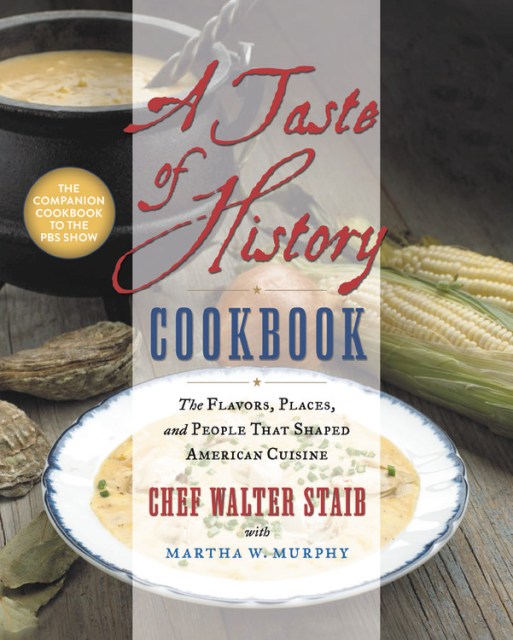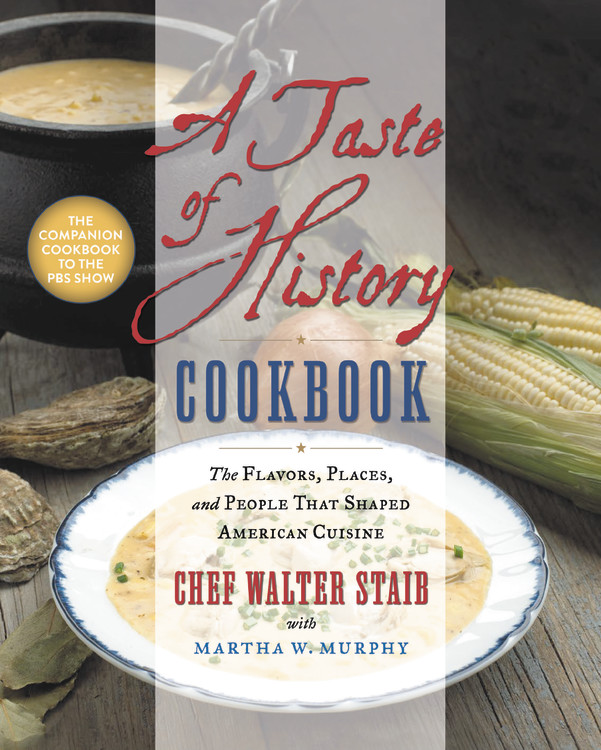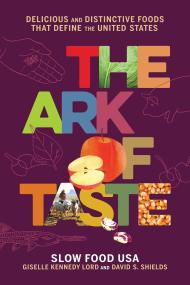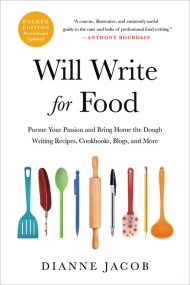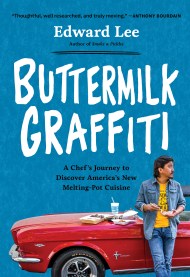Promotion
Use code MOM24 for 20% off site wide + free shipping over $45
A Taste of History Cookbook
The Flavors, Places, and People That Shaped American Cuisine
Contributors
By Walter Staib
Formats and Prices
Price
$30.00Price
$39.00 CADFormat
Format:
- Hardcover $30.00 $39.00 CAD
- ebook $15.99 $20.99 CAD
This item is a preorder. Your payment method will be charged immediately, and the product is expected to ship on or around May 7, 2019. This date is subject to change due to shipping delays beyond our control.
Also available from:
The delicious, informative, and entertaining cookbook tie-in to PBS’s Emmy Award-winning series A Taste of History.
A TASTE OF HISTORY COOKBOOK provides a fascinating look into 18th and 19th century American history. Featuring over 150 elegant and approachable recipes featured in the Taste of History television series, paired with elegantly styled food photography, readers will want to recreate these dishes in their modern-day kitchens. Woven throughout the recipes are fascinating history lessons that introduce the people, places, and events that shaped our unique American democracy and cuisine. For instance, did you know that tofu has been a part of our culture’s diet for centuries? Ben Franklin sung its praises in a letter written in 1770!
With recipes like West Indies Pepperpot Soup, which was served to George Washington’s troops to nourish them during the long winter at Valley Forge to Cornmeal Fried Oysters, the greatest staple of the 18th century diet to Boston’s eponymous Boston Cream Pie, A TASTE OF HISTORY COOKBOOK is a must-have for both cookbook and history enthusiasts alike.
A TASTE OF HISTORY COOKBOOK provides a fascinating look into 18th and 19th century American history. Featuring over 150 elegant and approachable recipes featured in the Taste of History television series, paired with elegantly styled food photography, readers will want to recreate these dishes in their modern-day kitchens. Woven throughout the recipes are fascinating history lessons that introduce the people, places, and events that shaped our unique American democracy and cuisine. For instance, did you know that tofu has been a part of our culture’s diet for centuries? Ben Franklin sung its praises in a letter written in 1770!
With recipes like West Indies Pepperpot Soup, which was served to George Washington’s troops to nourish them during the long winter at Valley Forge to Cornmeal Fried Oysters, the greatest staple of the 18th century diet to Boston’s eponymous Boston Cream Pie, A TASTE OF HISTORY COOKBOOK is a must-have for both cookbook and history enthusiasts alike.
Genre:
- On Sale
- May 7, 2019
- Page Count
- 304 pages
- Publisher
- Grand Central Publishing
- ISBN-13
- 9781538746684
Newsletter Signup
By clicking ‘Sign Up,’ I acknowledge that I have read and agree to Hachette Book Group’s Privacy Policy and Terms of Use
